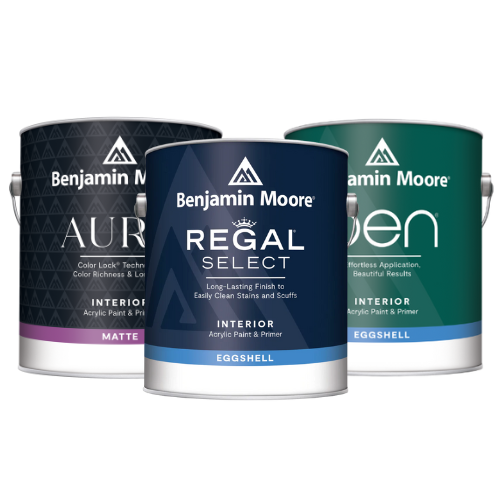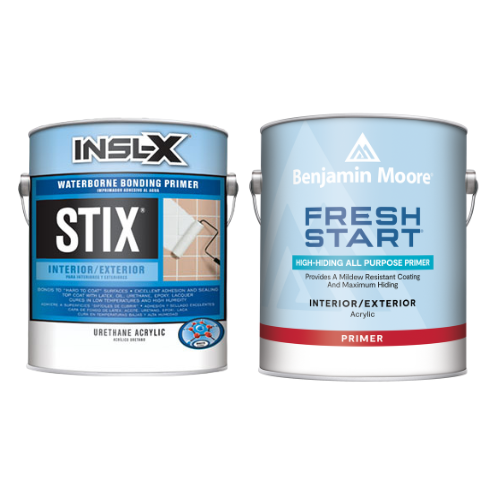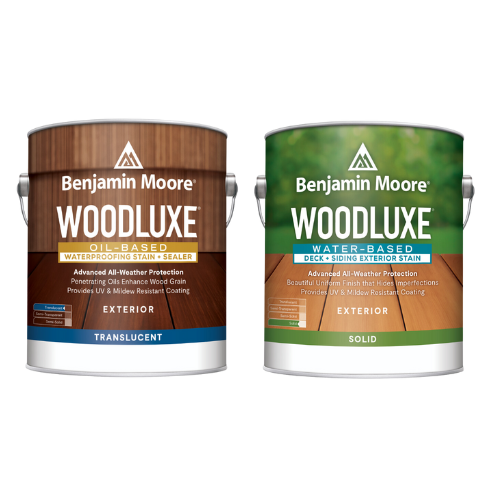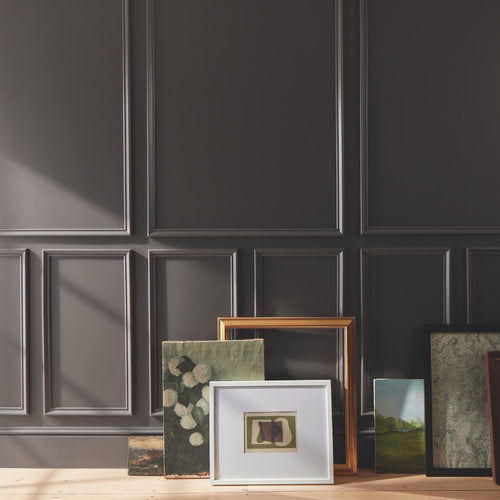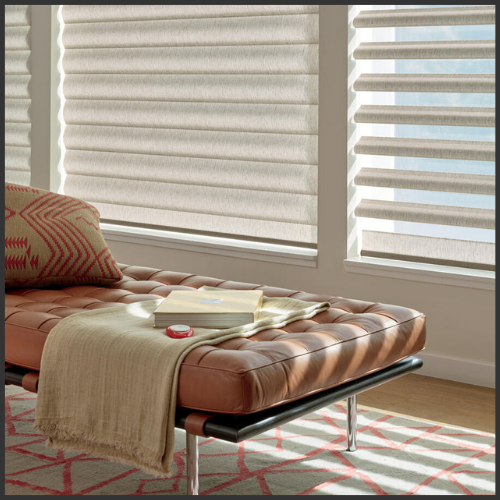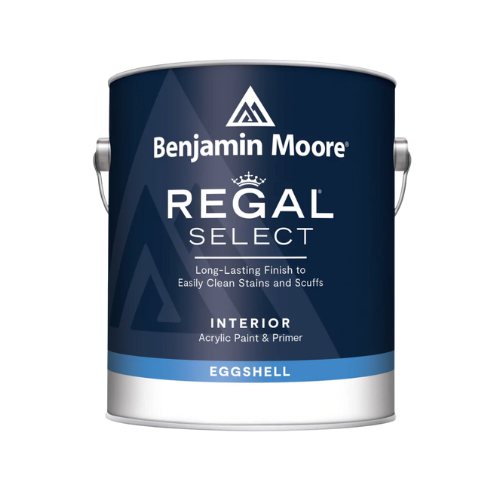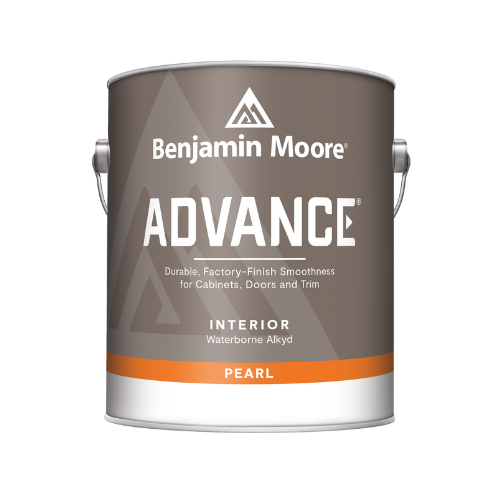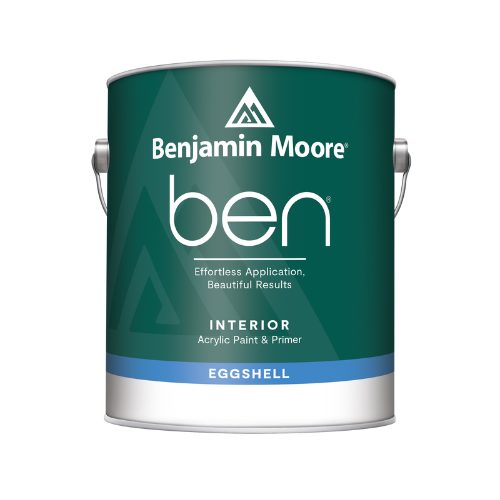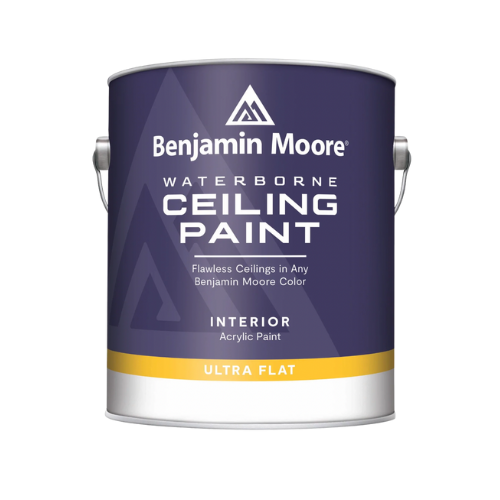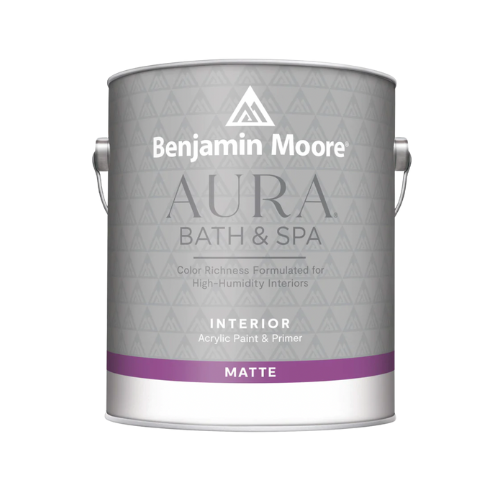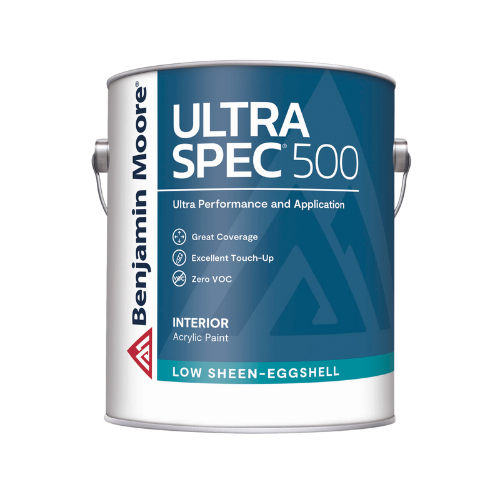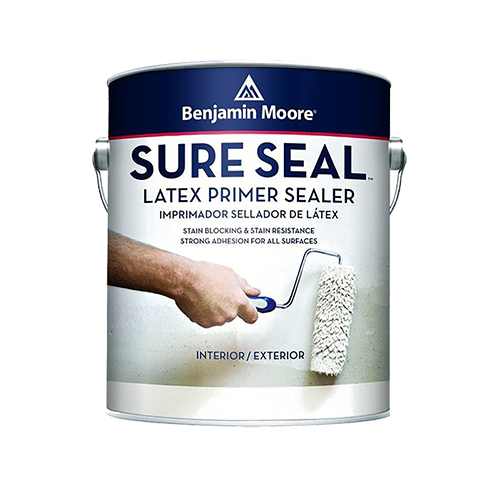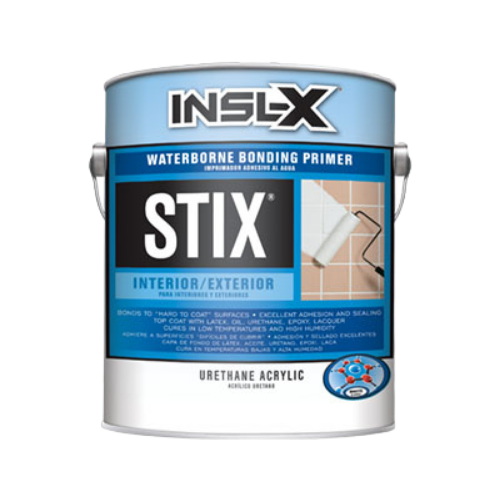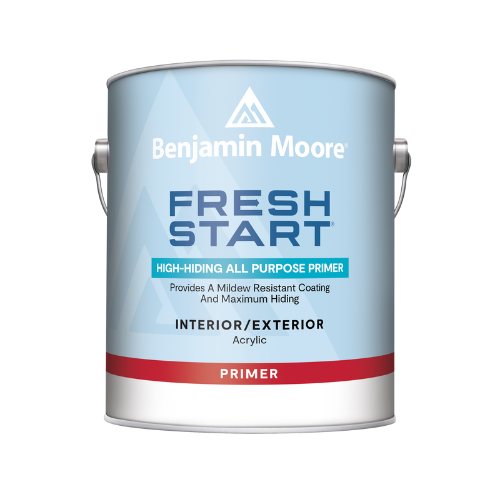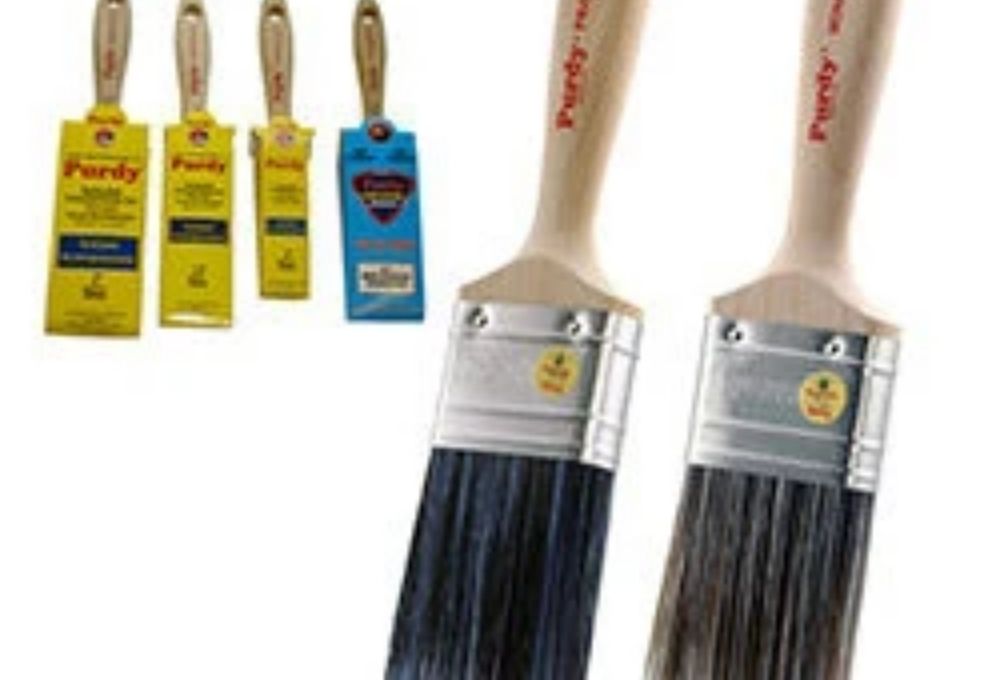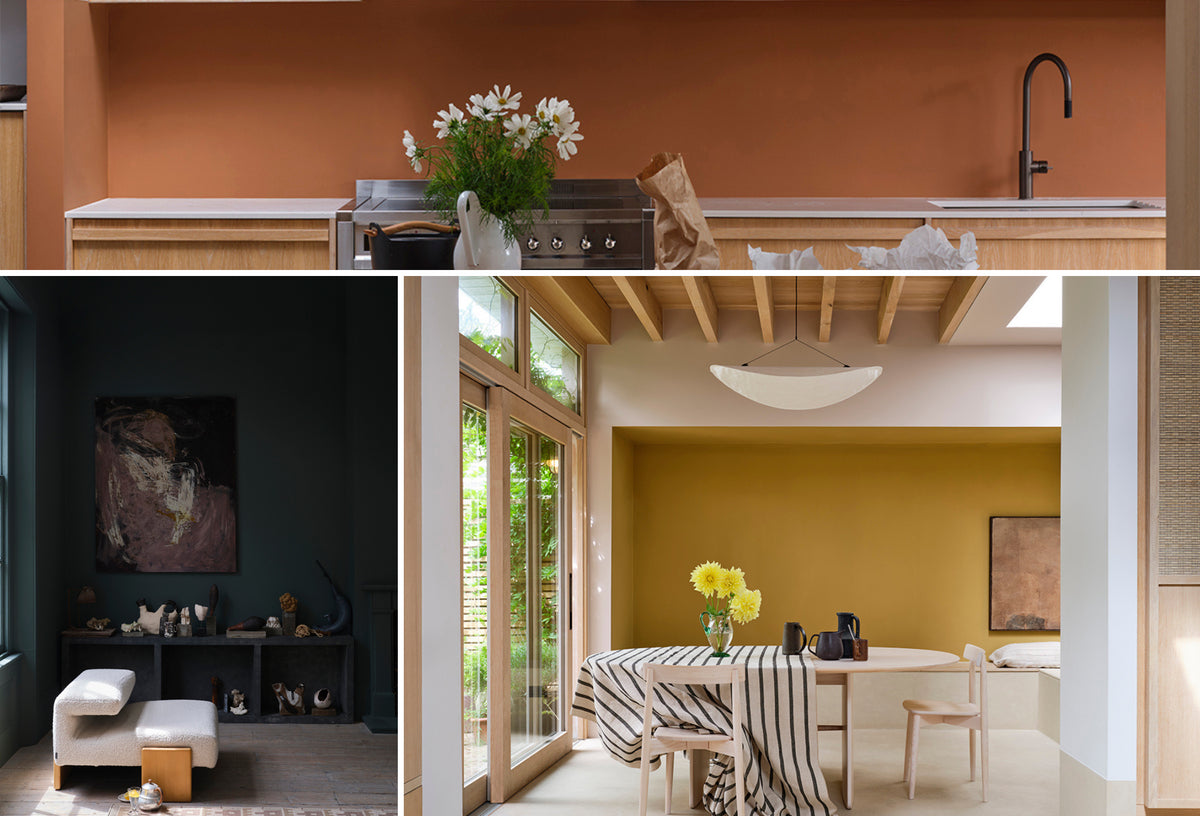
No matter if you are painting an entire room, or just the trim, choosing the right paintbrush is critical to a successful paint job. Even the best paint may not meet your expectations if you use a poor-quality brush, because low-quality paintbrushes tend to shed bristles. A high-quality brush holds more paint and distributes the paint evenly, which can help you save time while achieving the desired results. Before you purchase a paintbrush for your next project, it’s important to think about bristle types, brush widths, and brush styles, in addition to what kind of paint you are using.
Bristle Types
This type of brush is made with animal hair, where the natural flagging, or fuzzy tips, create split ends in the bristles. Because of this natural flagging, this type of brush holds more paint and can guarantee a smooth paint release and finish. You should use a natural bristle brush for oil based paints, varnishes, shellac, polyurethane, and other oil based finishes.
This kind of brush is best for latex based paints. Because these brushes are able to hold their stiffness and shape effortlessly, they are able to apply paint smoothly and easily.
- Blended Nylon/Polyester Brushes
These brushes are clean and easy to work with, without sacrificing quality. By combining nylon’s durability and polyester’s shape retention, this brush is designed to last for years (as long as it is taken care of properly). You should use a blended brush for any type of latex paints.
Brush Widths
Typically, most paint jobs require a brush that is anywhere between one inch and four inches in width. Smaller width brushes are best for jobs that require a lot of attention to detail, like a window trim. Medium sized brushes are best for cabinets and doors. Large width brushes are best for painting the walls and plywood. If you’re looking for a universal brush, your best option is one that is two and a half inches wide.
Brush Styles
When talking about brush styles, we are referring to the cut and shape of the brush head. Just like with the bristle types and brush widths, the best option depends on what project you are working on. Learn about the different kinds of brush styles below.
A trim brush is flat, making it the best option for painting large, smooth surfaces, like walls or exterior siding.
Much like the trim brush, a wall brush is a thick, flat brush. The difference is that it can hold a larger amount of paint, making it an excellent choice for painting large surface areas.
This small brush is ideal to get paint into tight corners and spaces.
This brush has bristles that are cut on an angle, making it perfect for painting trim and around your windows. A thin angled sash brush can be used for more delicate work. A flat sash brush has the same slim profile as an angled sash brush, but the bristles are cut straight across.
Although a good-quality brush will cost you a little more money, if you take proper care of it, it will last a long time. The right paintbrush not only provides good results, it can also make your job easier.
With so many different types of brushes, it can be confusing to make the right choice. For great quality finish, we recommend Benjamin Moore’s paintbrushes, which are available in a variety of different sizes. Benjamin Moore’s Angled Sash Paint Brush is the ideal choice for hard-to-reach places, such as the edges of moldings. You’ll be surprised at how that small taper will really improve your cutting-in skills.
For best results, ALWAYS READ THE PAINT CAN LABEL. Professionals read the paint can labels to get the paint manufacturers’ most up-to-date information and instructions on the use of each specific paint. Every paint is different, and the labels provide important information, such as the average coverage area per gallon, drying times, number of coats needed, and surface preparation requirements. The labels also give specific safety information that should be carefully adhered to.
For more help on choosing the perfect paintbrush for your next project, visit the experts at the Ricciardi Brothers’ location nearest you!
Ricciardi Brothers
Ricciardi Brothers has helped creatively transform tens of thousands of homes and businesses for over 85 years. Our 40+ locations across New Jersey, Pennsylvania, and Delaware specialize in painting and expert
design services with first class customer care.
Contact us for inquiries on how we can fulfill your design needs!


